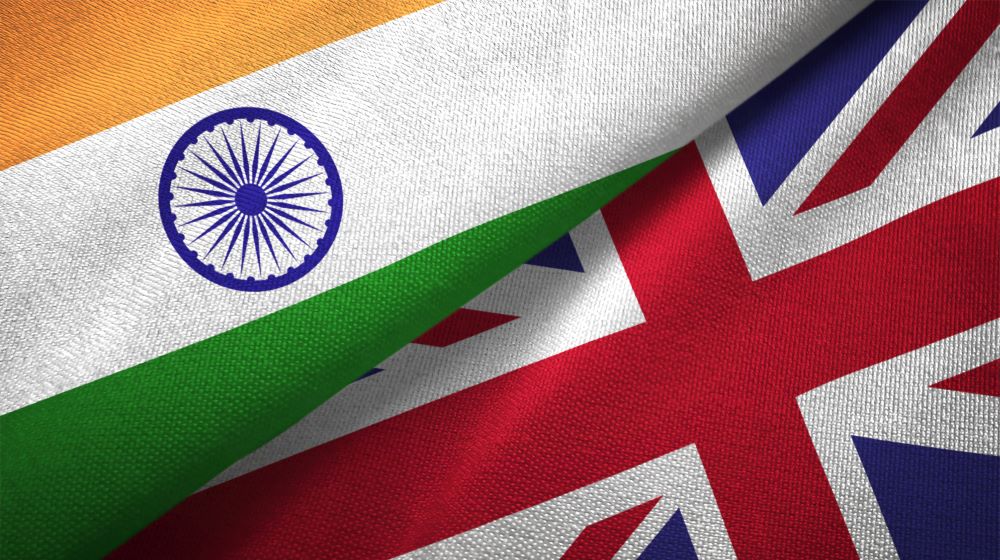
The twelfth round of free trade agreement (FTA) talks between India and the UK are underway in Jaipur, ahead of the G20.
Business Today reports 19 out of the 26 chapters proposed within the FTA have already been agreed.
Meetings held today (22 August) and yesterday will see ministers negotiate on the remaining points, such as rules of origin, intellectual property rights and a separate investment treaty.
First discussed in January 2021, the deal could be in place before the end of 2023 if an agreement is reached.
Blossoming relationship
The agreement would strengthen ties between the UK and India, which have become notably closer in the past two years.
Reflecting on the relationship, a spokesperson for the UK India Business Council (UKIBC) said:
“The UK-India trade and investment relationship is already strong and close, and it has a positive trajectory: bilateral trade grew by 45% to over £35bn; India was, once again, the second largest source of FDI investors into the UK in terms of projects; and UK businesses, of all sizes and across all sectors, continue to enter and expand into India.
“What we have seen, right from the start of the negotiations in January 2022, is a strong political will to do the deal. So, although there are issues in the negotiations that require ministers to make final decisions, the political will that we continue to see gives us confidence that there will be a win-win deal that delivers meaningful benefits to both countries.”
The data
The Department of Business and Trade (DBT) also released data showing increased trade between the UK and India.
In the year up to March 2023, trade in goods and services between the two countries totalled £36.3bn, an increase of over a third from the previous year. Of this sum, £14.7bn was comprised of UK exports to India and £21.6bn of UK imports from India.
Over the same period, India was the UK’s 12th largest trading partner, accounting for 2.1% of total trade.
Benefits
The UK aims to gain access to India’s export market, aspiring to sell whiskey, cars and legal services with minimal tariffs.
Additionally, India’s Digital Personal Data Protection, signed earlier this month, will allow data transfers to trusted parties outside of India.
If the FTA goes ahead, the UK would be granted access to vast stores of consumer data, a huge advantage for exporting services.
For India, the FTA could become its largest trade agreement since the Australia-India Economic Co-operation and Trade Agreement (AI-ECTA) in April 2022. AI-ECTA reduced tariffs across a range of goods, including foodstuffs, textiles and coal.
After achieving zero-duty exports across 100% of its tariff lines to Australia, India is pursuing ‘zero tariff’ agreements on exports of leather and textile goods to the UK.
Throughout negotiations India has also attempted to secure less stringent visa terms for skilled workers in sectors such as IT and healthcare. However, this was thrown into question last year after home secretary Suella Braverman denounced any attempts to increase India migrant numbers.
Geopolitical strategy?
Sceptics have sought to talk down the economic value of the deal, suggesting the UK’s real intent is to move India further from China and Russia’s influence.
The Telegraph opined that India is caught between its dependence on Russian military equipment and building a closer relationship to fellow ‘quad’ powers Japan, US and Australia, and Western allies like the UK.
It positioned the UK-India deal, alongside the Comprehensive and Progressive Agreement for Trans-Pacific Partnership (CPTPP), as grounded in geopolitical strategy.



